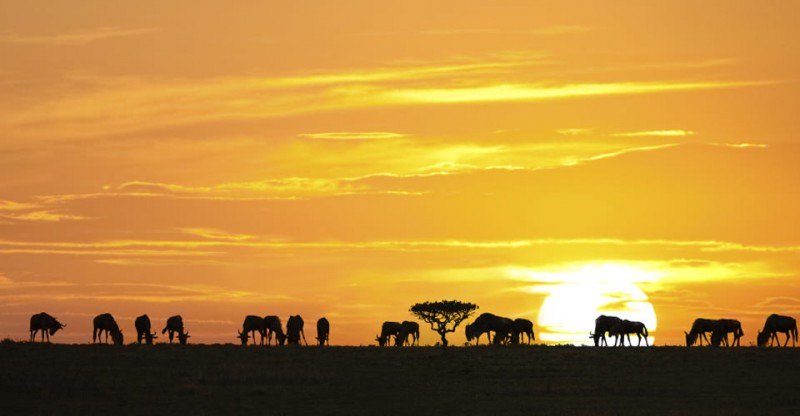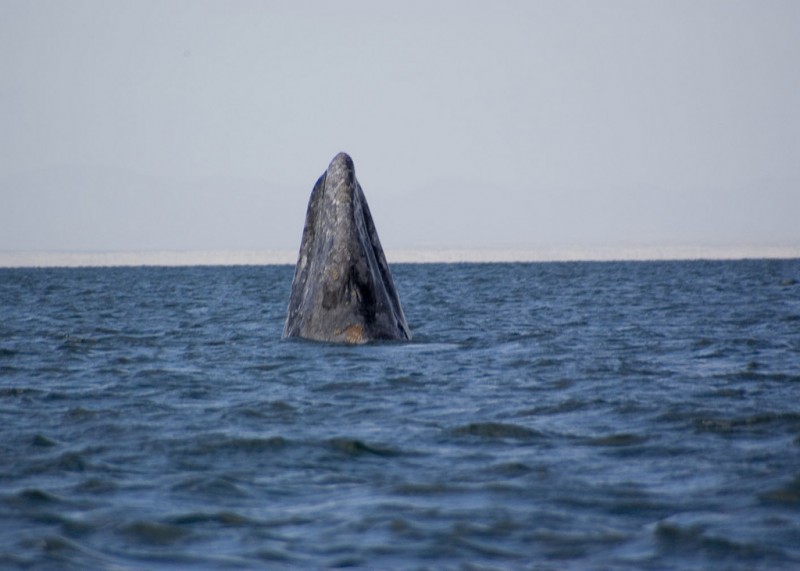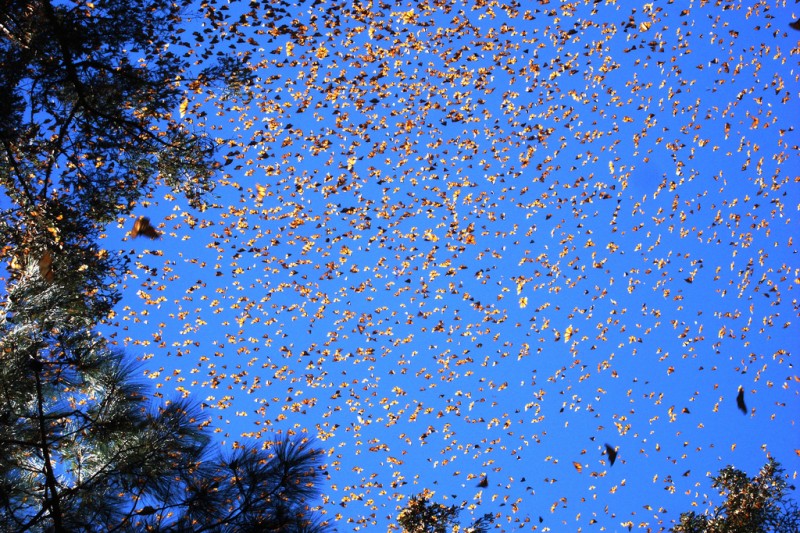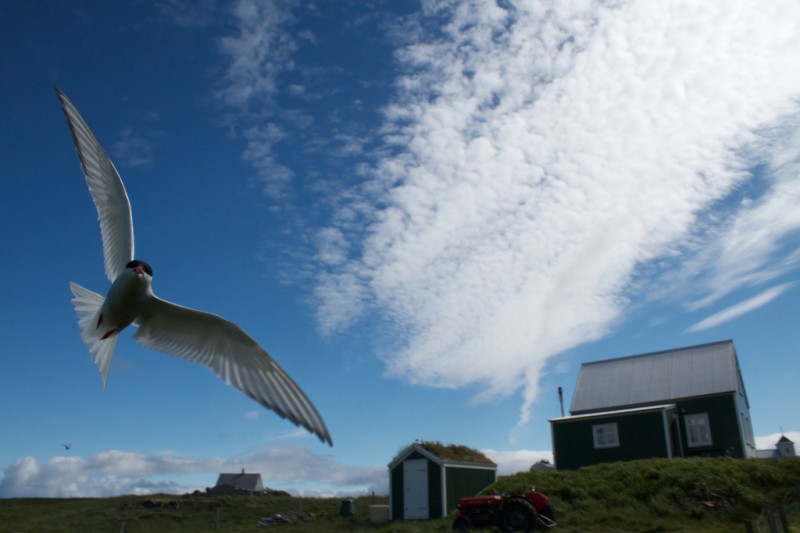Much has been said about the increasing mobility of the human species over the past century. But many of our fellow creatures have been on the move over great distances for millennia, and without the aid of internal combustion and propulsion engines, compasses and GPS units. The more we learn about the inner itineraries of animals, the more fascinated we are by their unerring sense of direction and purpose in traveling. Indeed, trips to witness the mystery and excitement of animal migration have become a new vogue in human travel.
Vagabondish is reader-supported. When you buy through links on our site, we may earn a small affiliate commission. Read our disclosure.
From tiny zooplankton to the delicate monarch butterfly, lumbering wildebeest and the massive gray whale, animal species are driven by instinct to travel between habitats that are sometimes thousands of miles apart. Changing seasons, the need for new sources of food and conditions conducive to mating and raising young appear to trigger that quiet internal voice that commands “It’s time to go.”
Migrations offer us the opportunity to see great congregations of animals as they rest during a layover or arrive at their final destination. As humans have grown to understand migration patterns better, particular species present especially inviting opportunities for us to observe and wonder at the instinctual wisdom and determination of animals.
#1: Africa’s Great Migration

Sunset in Tanzania During Africa’s Great Migration
In terms of sheer numbers, the Great Migration of wildebeest and zebra in Kenya’s Maasai Mara, with an entourage of predators in hot pursuit, tops that of all mammals with participation in the millions. If you can only make a single “once-in-a-lifetime” African safari, this is it! And even if you have already experienced the thrill of a wildlife safari in Africa, the thunder of millions of hooves on this steeplechase for survival will lure you back to witness this migratory epic.
#2: Pacific Gray Whales

Gray Whale Looking Around, Baja © wisley
The longest mammal migration on earth is logged by Pacific gray whales as they swim 10,000 miles roundtrip between summer feeding waters in the Arctic and winter breeding grounds along the Baja Peninsula of Mexico. From February through March, the whales and their calves romp in the lagoons of Baja.
Amazingly, the gentle leviathans seem to be as curious about humans as we are of them, enabling visitors in small boats to experience the closest whale encounters possible on earth.
#3: Monarch Butterflies

Monarch Butterfly Migration in Mexico © Luna sin estrellas
Another species that congregates in the wilds of Mexico is the monarch butterfly. Departing each autumn from our gardens and fields in the United States and Canada, up to 300 million butterflies migrate unerringly over 2,000-3,000 miles to the same grove of fir trees in the central highlands of Mexico inhabited by their ancestors several generations before.
The monarchs’ overwintering location was only discovered by humans in the 1970’s. Today, international conservation organizations seek protection for the forest that shelters this delicate international traveler, and foster sensitive monarch butterfly ecotourism ventures in nearby villages.
#4: Arctic Terns + Sandhill Cranes

Arctic Tern in Flight © Brian Gratwicke
Not surprisingly, the ability to fly facilitates the longest migratory journeys, with the four-ounce arctic tern logging 44,000 miles per year commuting between Greenland and Antarctica.
An easier bird for us land-bound humans to view on its annual migration is the sandhill crane. En route in March and April from their winter habitat in the southern U.S. to summer breeding grounds in northeastern Russia, a half-million cranes stop for a two- to three-week layover along the Platte River in Nebraska. Riverside blinds and naturalist-led tours enable you to experience the epic sweep of these long-legged beauties as they lift off in silvery flocks from the riverbank to feast on waste corn and earthworms in adjoining fields.


